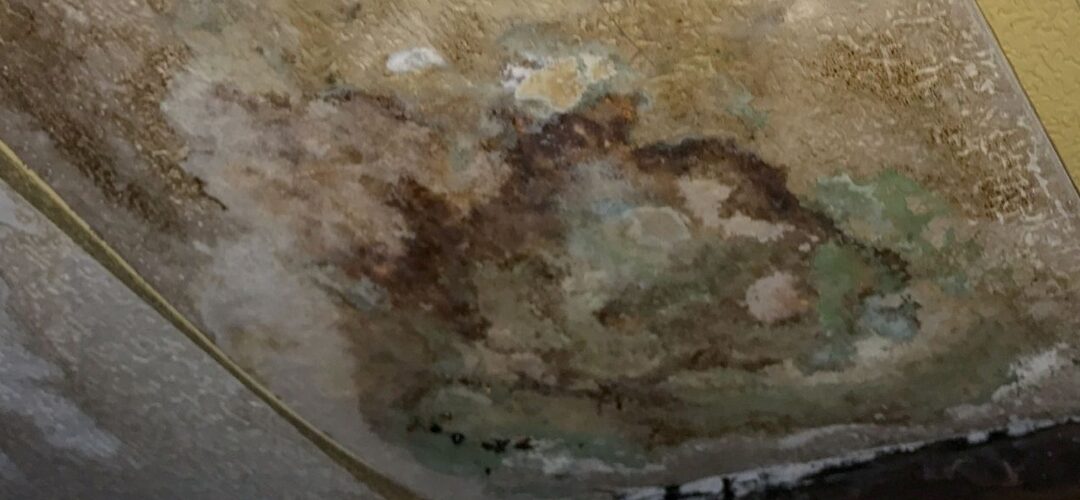Water damage is one of the most annoying and harmful things that may happen to your house. A malfunctioning appliance, a leaking pipe from a second-floor washing machine, a sewage backup, and other scenarios can all cause water damage. Every case is different, and several cleanup techniques may be required.
Whatever the origin of the water damage, you must follow a few standard protocols until a specialist can evaluate the issue. This is the comprehensive water damage checklist to assist you in maintaining the short- and long-term structural integrity, and foundation repair of your house.
Find the source
Finding the source of the water must be done as soon as you see standing water in any section of your home. Stop the water immediately to avert further harm to your home and possessions. This can include cutting off the water supply to your house entirely or contacting a specialist immediately. The first priority is always to prevent more water from entering your house.
Contact your insurance
You should contact your insurance provider as soon as you get the issue under control and your house is no longer in immediate danger. Start the quotation process so you can see what will and won’t be covered. To assist you in your procedure, ask them for names of businesses they could contract with. Take photographs of everything to ensure that there is never any doubt in the future about what was harmed or not.
Start repairing water damage.
Some of the most serious damage that may occur in a property is brought on by water. To avoid mold growth and structural damage to the house, begin the repairs as soon as possible. To assist you in properly cleaning and repairing your house, you should contact a water damage restoration business like Zavza Seal LLC. Professional water damage restoration companies have the skills to repair water damage issues and search for mold and other dangerous problems.
Look for mold
Mold may develop in as little as 24 hours. You risk mold exposure if your house is not dried out and restored within this time. You should comprehensively inspect your home to look for mold in the drywall, carpets, and other areas. If you think you may have mold, you should hire a mold removal specialist like Zavza Seal LLC to check for it and assist you in getting rid of it. Either way, knowing who to call for water damage in the walls, floors, and elsewhere is beneficial.
You may read more about the mold removal procedure here.
Moving back in
You’ll most likely need to stay at a hotel or with family and friends while the damage is being repaired and remedied. It can take a few weeks to restore normalcy to your house. Wait until your house has been completely evaluated for mold or structural damage before moving back in or living there. You may move back in when you have the “all clear.”
In addition to serious property damage, unmanaged water damage can harm your health. Although water damage is not a serious problem immediately, it should always be attended to immediately. Try these tips to assist you through one of the most unpleasant and daunting situations.
Related Blog Posts:
- How Long Does the Restoration Process Take for Homes With Water Damage?
- What to Do If Your Home Has Water Damage?
- Signs of Water Damage in the Basement Walls
- Water Damage & Mold: Everything You Need To Know in 2023
- Things You Should Know About Water Damage
- Who Do I Call After My House Has Water Damage Restore?
- What Causes Water Damage to Floors and Walls
Related Services:
Our service areas:
Get A Free Estimate

